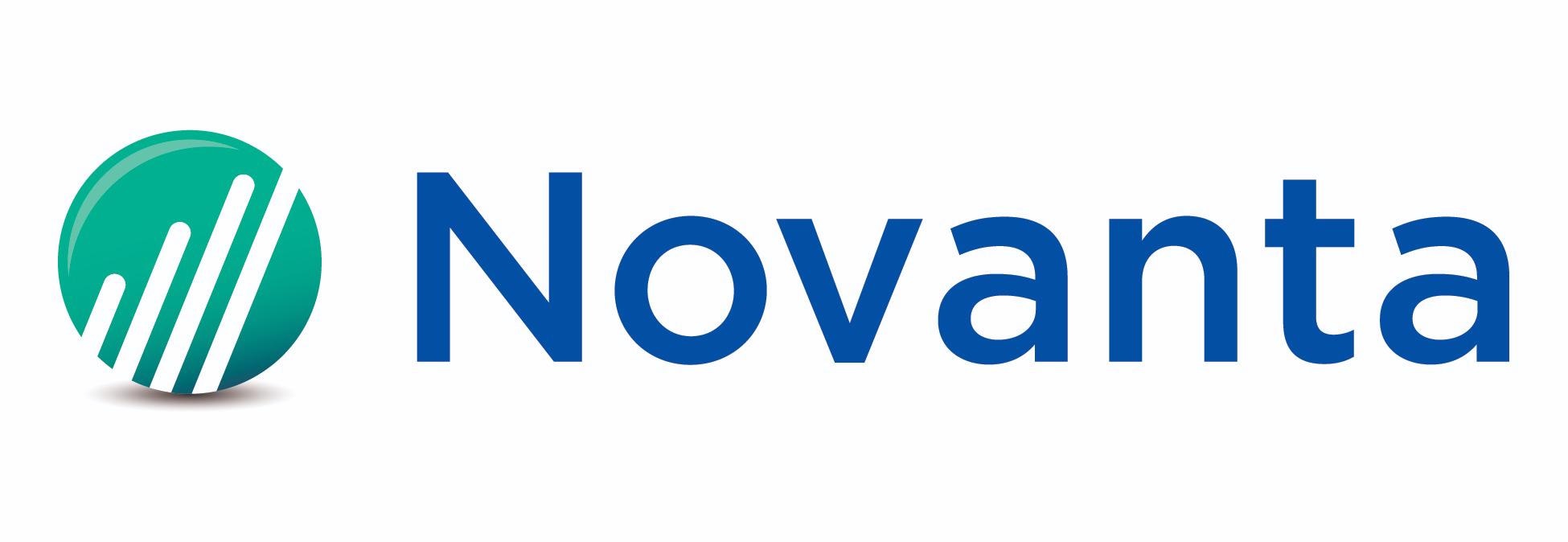Apr 30 2021
Ultrafast lasers are known to generate very short light pulses, mostly of the order of picoseconds or femtoseconds. Ultrafast lasers are based on techniques like mode-locking to form a train of pulses and have recently been successful due to the relatively new advancements in photonics.
Such developments in laser technology have enabled the generation of pulses ranging between a few femtoseconds to tens of attoseconds. Ultrafast pulses such as these power the direct analysis and control of electrons and atoms while expanding the frontiers of science and technology to domains that were earlier considered inaccessible.
The functioning of lasers is based on two general principles: light amplification with a gain medium and feedback enabled by a cavity. When light is amplified in the excited gain medium, an intense laser beam is generated and sent to the feedback of the cavity, which transmits partially.
Ultrashort pulses are generated when light waves with a huge amount of modes/integer multiples of half the wavelength of light are coherently discharged through their in-phase superposition, also called mode-locking.
Applications of Ultrafast Lasers
In the past 30 years, the development of ultrafast lasers has gained continuous attention and application. Over the years, several techniques have been devised to produce ultrashort pulses.
The accessibility of ultrafast lasers has led to the analysis of a wide range of chemical, physical and biological phenomena with ultrafast optical spectroscopy, as well as the analyses of the practical applications of ultrafast technology.
Ultrafast lasers can be used in the automotive industry, for example, forming small grooves into the surface of a combustion engine’s cylinder wall, which enables even distribution of lubricant along the piston wall and reduces the friction losses of the engine.
Ultrafast lasers can be used to develop exhaust gas sensors. These sensors feature a ceramic layer and can quantify the properties of the exhaust gas quicker and more accurately compared to traditional sensors. These sensors improve combustion control and thus help reduce emissions.
Ultrafast lasers can be used for high quality micromachining of brittle materials like glass and are often used for scribing and cutting with flexible geometries and high quality edges. These properties have powered an innovation with ultrafast lasers in the large-scale manufacture of displays for portable devices like phones and tablets.
In addition, ultrafast lasers have been employed in the medical field to develop coronary stents that are used as a substitute for bypass operations. Exclusive biopolymers or magnesium-based alloys should be used to realize enhanced biocompatibility.
These materials can cause problems in stent production because they react vigorously to thermal loads. But ultrafast laser micromachining generates very little debris and features a small heat-affected zone, thus solving these problems.
Laser Quantum’s Ultrafast Lasers
Laser Quantum (a Novanta company) specializes in picosecond and femtosecond laser technology that features application-based systems, ultra-short pulses and high repetition rates. All these features offer special capabilities and advantages to a range of applications.
The taccor one available from Laser Quantum (a Novanta company) is an exclusive turn-key femtosecond laser that features an integrated pump source housed in a hermetically sealed cavity. It can offer over 1.6 W of average power with <60 fs pulse durations.
It is possible to supply this device with any preferred wavelength from 740 to 920 nm. The taccor one is a self-mode-locking and stabilizing device.
Laser Quantum’s dart is a picosecond laser solution, with standard 8 ps, repeatable, and reliable operation to guarantee precision in a wide array of applications. It features an excellent beam circularity of >93% and a wide array of models featuring average power of 4–45 W at both 532 nm and 1064 nm wavelengths.

This information has been sourced, reviewed and adapted from materials provided by Laser Quantum Ltd, a Novanta Company.
For more information on this source, please visit Laser Quantum Ltd, a Novanta Company.